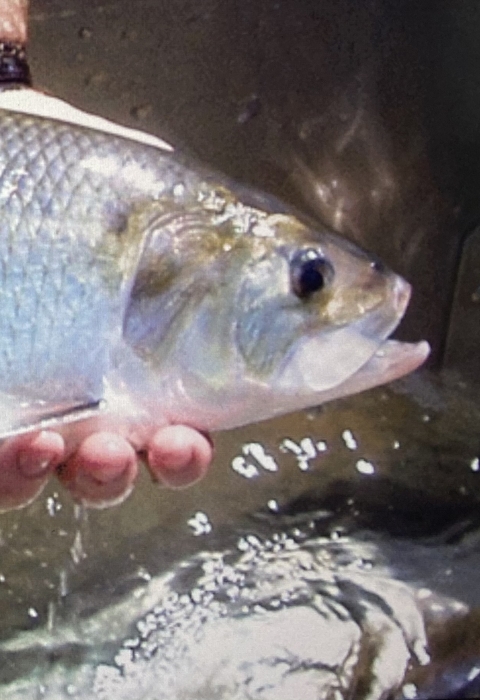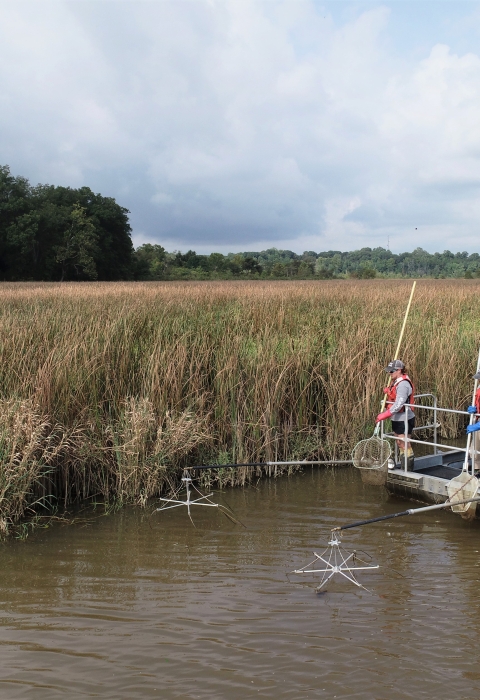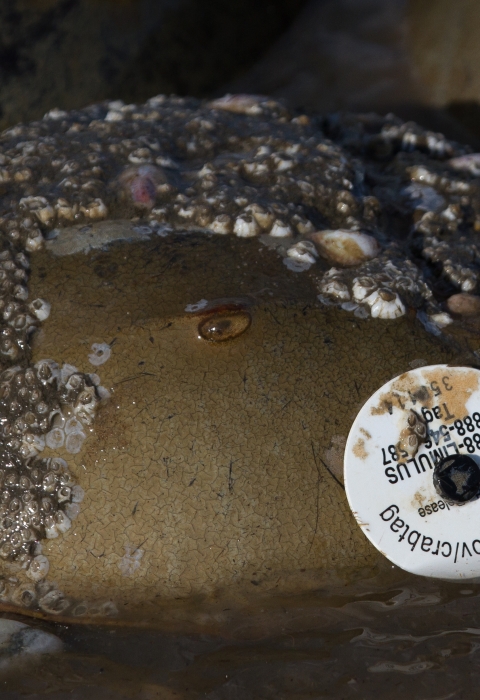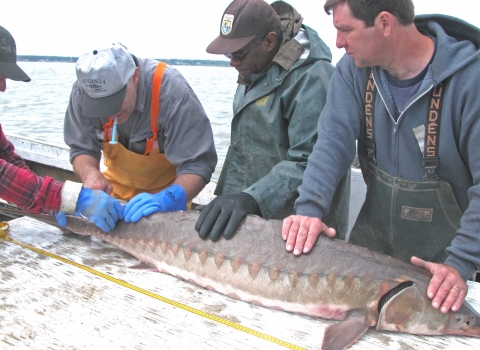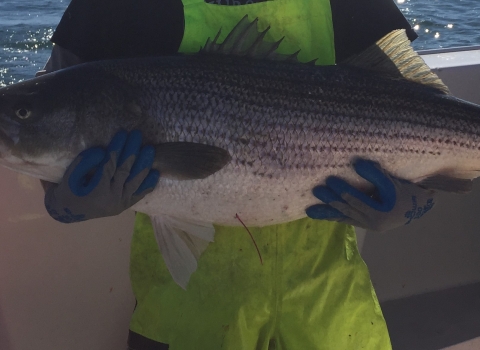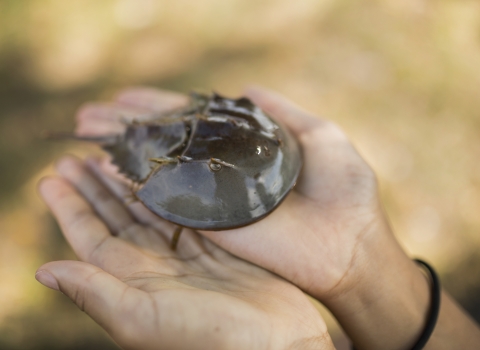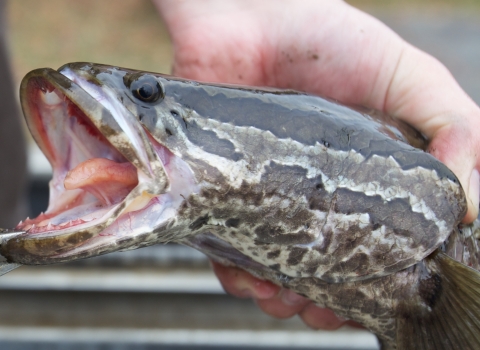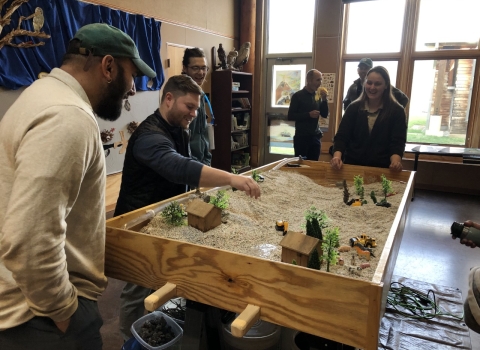Projects and Research
Maryland Fish and Wildlife Conservation Office staff work with our partners to conserve and protect native migratory fish and their habitats, manage aquatic invasive species invasive species
An invasive species is any plant or animal that has spread or been introduced into a new area where they are, or could, cause harm to the environment, economy, or human, animal, or plant health. Their unwelcome presence can destroy ecosystems and cost millions of dollars.
Learn more about invasive species , and participate in sustainable management of U.S. fisheries.
We initiated the coast-wide sturgeon tagging program in 1992. Both species of sturgeon, Atlantic and shortnose, are tagged by state, federal and university partners. Tagging and recapture data are provided to our office. Externally tagged sturgeon, caught while fishing are reported to us via a toll-free phone number....
If you catch a tagged striped bass, please cut off the tag if needed and record the date, location, and method of capture. Call the U.S. Fish and Wildlife Service at 1-800-448-8322 to report the information. Anyone reporting a tag will receive a certificate of participation and a reward.
Over...
We coordinate the horseshoe crab tagging program in cooperation with states, universities, and non-governmental organizations along the Atlantic Coast and Gulf of Mexico. Partners tag horseshoe crabs and send the information to us. Beachcombers, researchers, and commercial fishermen report found tags via our website. Tag information is used to help inform management of horseshoe crabs....
Northern Snakehead is native to Asia but has successfully colonized the Chesapeake Bay watershed. In 2002, they were first found in a pond in Crofton, MD. Soon after in 2004, snakeheads were found in the Potomac River, and have since been found throughout nearly all of the Chesapeake Bay watershed. Northern Snakeheads have also been found in rivers in NY, PA, and AK.
Northern...
American eel populations have been declining along the Atlantic coast. Although the Chesapeake Bay and tributaries support a large portion of the coastal eel population, until 2009, eels were rarely found in the Susquehanna River watershed. Following the construction of the Conowingo Dam in 1928 near the mouth of the Susquehanna River, eel migration into the Susquehanna watershed drastically...
The Potomac Headwaters Fish Passage Restoration Project is a watershed scale project to reconnect over 195 miles of habitat for brook trout, American eel, and other aquatic species in the Potomac Headwaters of the Chesapeake Bay across the states of Maryland, Virginia, and West Virginia. The project is composed of up to 17 fish passage barrier removal projects including culvert...
Across the landscape, undersized, aging and improperly placed road-stream crossings create barriers in our rivers, streams, and tidal wetlands. These structures fragment aquatic habitat and prevent or greatly reduce the ability of aquatic species to move freely to migrate, feed, and reproduce. These poorly designed structures are also more prone to clogging, causing flooding, and washing out...
